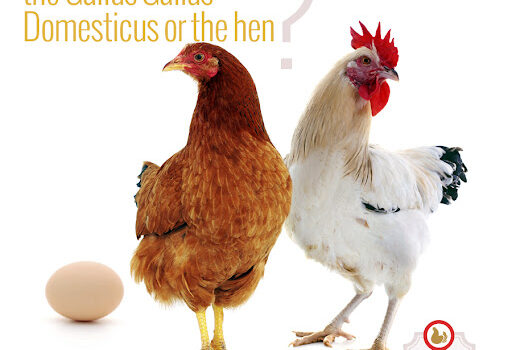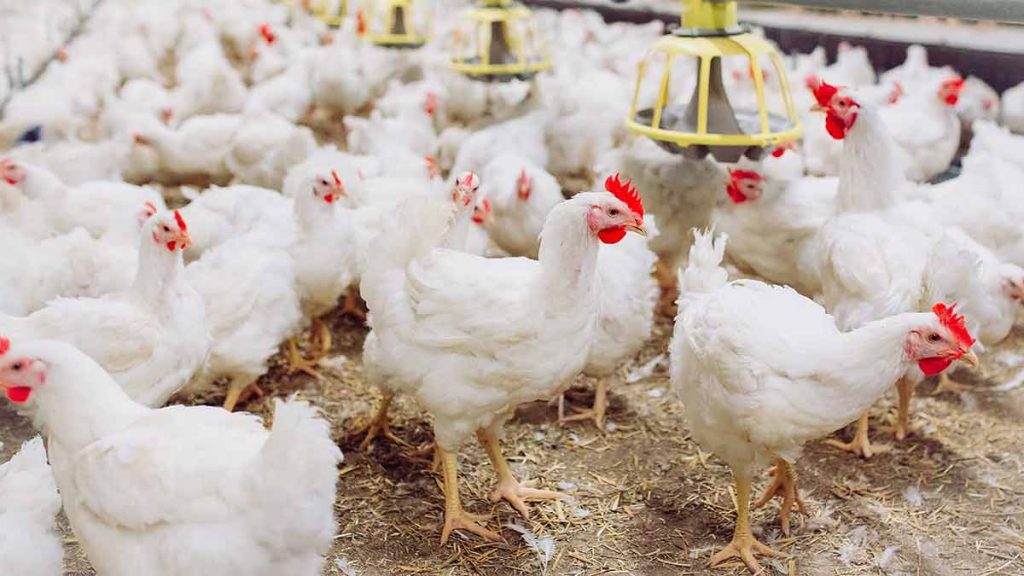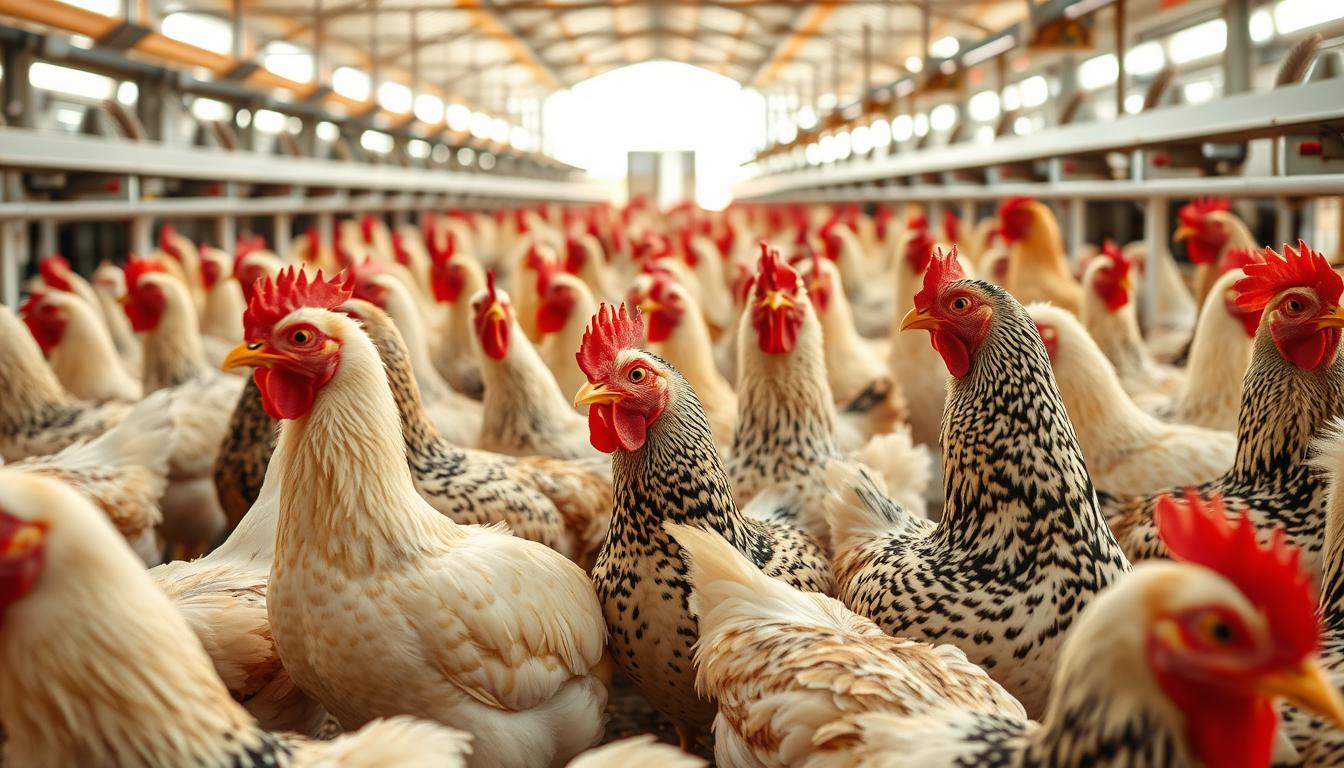
The chicken industry in the United States has grown a lot. In just over 50 years, it has changed from small, local businesses to a big, efficient industry. This industry now supplies chicken to people all over the country and the world.
Today, the chicken industry offers healthy, good-quality food that is also affordable. Its success comes from better organization, new technologies, and listening to what customers want.
Key Takeaways
- Broiler chickens surpassed traditional farm chickens as the primary source of chicken meat in the U.S. by 1952.
- The broiler industry became highly vertically integrated, with 90% of production coming from integrated operations by the mid-1960s.
- Chicken consumption surpassed both beef and pork in the U.S., reflecting a shift in consumer preferences towards poultry.
- The broiler industry adopted new technologies, genetic improvements, and mechanization to enhance efficiency and affordability.
- Exports of U.S. chicken grew to account for 20% of total production, worth over $2 billion by 2001.
Early Beginnings: Backyard Flocks and Seasonal Meat Production
In the early days, many homes had small backyard flocks of dual-purpose chickens. These chickens gave eggs and sometimes meat for special meals. As the 20th century started, some farmers sold young chickens in summer as a side business. But, they couldn’t produce chicken meat all year because they didn’t know about the photoperiod and vitamin D yet.
The Dual-Purpose Chicken: Supplying Eggs and Occasional Meat
Dual-purpose chickens were common in early poultry farming. They gave eggs and meat for special meals. Farmers liked these chickens because they met many family needs.
Entrepreneurial Farmers Selling Young Chickens in Summer
At the start of the 20th century, some farmers saw a chance to make more money. They sold young chickens, called poussin or “spring chickens,” in summer. This seasonal meat production met the demand for fresh, quality poultry in warm weather.
“Chickens were initially raised for eggs, with hens being eaten after egg production slowed, while male chickens were fattened for meat consumption.”
The Rise of the Broiler Chicken
Chicken meat production has changed a lot. It used to be a side job of the egg industry. Now, we have the broiler chicken, bred just for its meat. This change has helped the broiler industry grow and spread out.
Chicken Meat Production Evolves from Egg Industry Sideline
Before, chicken meat was mostly a leftover from egg farming. Farmers would sell older hens and roosters for meat. But the broiler chicken changed everything. It started in places like the Delmarva Peninsula, Georgia, Arkansas, and New England.
Geographic Expansion: Ideal Locations for Broiler Production
The broiler industry grew because of good weather, lots of land and water, and easy access to corn and soybeans. These areas were perfect for raising broiler chickens efficiently and cheaply.
| Metric | Past | Present |
|---|---|---|
| Market Weight Reached | 81 days | 48 days |
| Feed Efficiency | Poorer | 7% Better |
| On-Farm Mortality | Higher | 450% Lower |
| Leg Problems | More Prevalent | Significantly Reduced |
The broiler chicken and the growth of chicken meat production have changed how we eat poultry. This change has brought big improvements in efficiency, sustainability, and animal care. It’s helped the egg industry grow and improve too.
Pioneering the Broiler Industry: Cecile Steele’s Impact
Cecile Steele of Sussex County, Delaware, is a true pioneer in the broiler industry. In the early 1920s, she started a venture that changed poultry production in the United States.
She saw the potential of raising chickens for meat. In 1923, Cecile Steele started with 500 chicks to sell for meat. Her small business grew fast, and by 1926, she had a broiler house for 10,000 birds.
Cecile Steele’s spirit and innovation made the broiler industry thrive in Sussex County, Delaware. Her vision and hard work helped start the mass production of chicken meat. This set the stage for the industry’s growth in the years to come.
“Mrs. Wilmer Steele of Sussex County, Delaware, is often cited as the pioneer of the commercial broiler industry.”
The impact of Cecile Steele‘s work is huge. Her success made chicken a common food in America. This change came from science, technology, and her vision.
| Year | Broiler Production | Impact |
|---|---|---|
| 1923 | 500 chicks | Cecile Steele establishes a small flock for meat production |
| 1926 | 10,000 birds | Steele expands her operations, building a broiler house to meet growing demand |
| 1950s | Rapid growth | Introduction of the “broiler” chicken breed and industrial-scale farming drive significant increases in production efficiency |
Cecile Steele’s vision and spirit started the broiler industry we know today. Her legacy inspires and shapes the poultry sector. The industry keeps evolving to meet the demand for affordable, quality chicken meat.

Broiler Chickens vs. Traditional Chickens: A Historical Perspective
The chicken industry has changed a lot in the last 100 years. Now, we have broiler chickens made for fast meat production. This change has made chicken cheaper and more available for everyone.
Before, chickens were raised in small flocks for eggs and meat. These chickens were raised seasonally. But, the broiler chicken changed everything.
- The broiler chicken industry started from egg production. Now, chicken meat is a big business on its own.
- Broiler production grew in places perfect for big farms.
- People like Cecile Steele helped the broiler industry grow.
Broiler chickens are now raised fast, thanks to better breeding and food. They grow quickly and give a lot of meat.
“The domestication of chickens could have involved multiple independent events based on phylogenetic analyses.”
The broiler chicken industry is a success because it meets consumer needs and keeps improving. The story of broiler chickens and traditional chickens is interesting and shows the chicken industry’s history.
Formation of the National Broiler Council
In 1954, the National Broiler Council was formed. It later became the National Chicken Council. The council aimed to boost consumer demand and promote the broiler chicken market.
Stimulating Consumer Demand and National Promotion
Jesse Jewell of Gainesville, Georgia, was the first chairman. Frank Frazier of Richmond, Virginia, was the first administrative director and later president. They led a nationwide campaign to teach people about broiler chickens.
They showed how versatile and valuable broiler chickens are. Their efforts helped the broiler chicken industry grow fast. By 1952, it had become the main source of chicken meat in the U.S.
“The formation of the National Broiler Council was a game-changer for the industry, paving the way for unprecedented growth and consumer adoption of broiler chickens.”
This effort to increase demand and promote the industry helped it grow even more. It set the stage for the sector’s future success.
Vertical Integration and New Technologies
The broiler industry has seen big changes, thanks to combining different operations and using new technologies. At first, feed mills, hatcheries, farms, and processing plants were separate. But, smart entrepreneurs saw the benefits of joining these together, starting the integrated broiler industry.
Vertical integration is a key strategy in the broiler industry. It lets companies use new advances in pharmaceuticals, biologics, and production. This way, they can work more efficiently, quickly, and make more money.
| Technology | Application | Impact |
|---|---|---|
| Pharmaceuticals | Disease prevention and treatment | Improved flock health and reduced mortality |
| Biologics | Vaccination and immune system support | Enhanced disease resistance and overall bird performance |
| Production Technologies | Automation, precision farming, and data analytics | Increased efficiency, improved resource utilization, and informed decision-making |
The broiler industry stays at the top in global food production thanks to new technologies. By combining these technologies, the industry keeps improving. This benefits both producers and those who buy their products.
“Vertical integration and new technologies have been key to the broiler industry’s success. By making operations smoother and using innovation, we offer quality, affordable chicken to people all over.”
Branding and Marketing Strategies
In the late 1960s and early 1970s, big chicken companies started using TV and print ads to sell their products under their names. This move to branding and marketing changed the poultry industry a lot. Today, a huge 95 percent of broilers sold at grocery stores have a brand. These brands can be the company’s own or a private label for other retailers.
Good quality and reliability are key for branded chicken products. People keep coming back because they know what to expect. This focus on branding and marketing strategies has made chicken more popular over the years.
Major Companies Utilize Television and Print Advertising
The use of television advertising and print advertising by top chicken producers helped grow demand. These marketing strategies made chicken seem like a good, affordable, and tasty choice. By 2010, chicken became more popular than beef.
“In 2019, 9.2 billion 6lb (2.7kg) broiler chickens were harvested in the US.”
The poultry industry’s focus on branding and smart marketing strategies has driven chicken’s growth. From small backyard flocks to today’s big broiler chicken farms, their marketing efforts have shaped what people like to eat. This has made chicken a big part of our diet.
| Key Poultry Industry Statistics | Value |
|---|---|
| Average chicken consumption per person in the US (1930s) | 10lbs (4.5kg) |
| Average chicken consumption per person in the US (2017) | 64lbs (29kg) |
| Average chicken size in the 1920s | 2.5lbs (1.13kg) |
| Average chicken size today | 6lbs (2.7kg) |
| Time for a broiler chicken to reach 6lbs (2.7kg) | 47 days |
| Broiler chickens harvested in the US (2019) | 9.2 billion |
Regulatory Changes and Food Safety Initiatives
The poultry industry in the United States has seen big changes to keep chicken safe and good. In the early 1900s, the industry was not regulated much. Farmers mainly sold their chicken to neighbors or local markets. But, laws changed in the 20th century to make poultry inspection and food safety better.
Mandatory Federal Inspection and HACCP Implementation
In 1926, the Federal Poultry Inspection Service (FPIS) started to help local inspections. It first focused on live poultry in New York City. The Poultry Products Inspection Act (PPIA) of 1957 made more inspections needed for chicken sold across states.
The Wholesome Poultry Products Act (WPPA) of 1968 made sure almost all chicken sold to people was inspected. This law helped by making sure poultry was checked, even if it didn’t cross state lines. It also made federal and state programs work together, with the federal government helping with money and advice.
In 1998, the USDA started making all big chicken slaughterhouses use HACCP. This system helps find and control dangers in the chicken-making process. It makes sure the chicken is safe to eat.
| Year | Regulatory Change | Impact |
|---|---|---|
| 1926 | Establishment of the Federal Poultry Inspection Service (FPIS) | Aided local inspection programs, initially focused on live poultry inspection in New York City |
| 1957 | Poultry Products Inspection Act (PPIA) | Mandated various inspections for poultry products destined for interstate commerce |
| 1968 | Wholesome Poultry Products Act (WPPA) | Ensured inspection of nearly all poultry sold to consumers, bridging the gap where uninspected poultry was not transported across state lines |
| 1998 | HACCP (Hazard Analysis and Critical Control Points) implementation | Modernized quality control by identifying and controlling points in processing where hazards can be controlled, reduced, or eliminated |
These changes and safety steps have greatly helped the poultry industry. They have made sure the chicken is safe, regulated, federally inspected, and follows HACCP. This is key for people to trust the chicken they eat and for keeping everyone healthy.
Industry Evolution and Modern Practices
The broiler chicken industry has changed a lot over the years. By the mid-1970s, it became very efficient and advanced. This was thanks to nutritional discoveries, genetic improvements, and automation technologies.
Today’s broilers are much different from those of the past. They are meatier, cheaper, and healthier. This shows how much the industry has improved in efficiency, quality, and sustainability.
Nutritional Discoveries and Genetic Advancements
Research in poultry nutrition has found what chickens need to grow well. Breakthroughs in vitamin, mineral, and protein supplementation have made chickens grow faster and healthier.
The industry has also made chickens better through genetic improvements. By breeding for traits like more muscle and better health, today’s chickens are stronger and more productive.
Automation and Mechanization
The broiler industry has changed a lot with automation and mechanization. It now uses automated feeding and watering systems and advanced processing facilities. These technologies have made the industry more efficient, safer, and more productive.
These changes in industry evolution and modern practices have made broiler chickens more available, affordable, and nutritious for people all over the world.

Exports and Global Market Expansion
In the early 1990s, the U.S. government helped start the first frozen poultry leg quarter shipments to the Soviet Union. The Russian people loved this new food so much, they called it “Bush legs” after President George Bush. When the Soviet Union broke up, the Russian market opened to the world. This led to a big increase in U.S. poultry exports.
By 2001, chicken exports to Russia and other countries made up about 20% of U.S. chicken production. This was worth over $2 billion. The growth was thanks to the industry’s success in the global market for poultry. The U.S. became a big chicken exporter, thanks to its efficient production and good prices.
The success of U.S. poultry exports wasn’t just in Russia. The industry has grown by meeting different international tastes and rules. As more people around the world want chicken, the American broiler industry is ready to grow even more. It’s set to become even more important in the global poultry trade.